Conservationists cultivating native plants must mimic nature. They need the right soil, the perfect water levels, natural light conditions and essential pollinators.
And, in the case of one native tree, they need coyote turds. And lots of them.
That’s been the key behind the successful propagation of sabal palms at The Nature Conservancy’s Southmost Preserve, located in south Texas on the Mexican border.
And, in the case of one native tree, they need coyote turds. And lots of them.
In addition to conserving vital wildlife habitat along the Rio Grande River, the preserve serves a native plant nursery, supplying a variety of species to other Conservancy projects and partners for reestablishing native habitats.
Preserve manager Max Pons runs the nursery, which can produce as many as 80,000 plants a year for conservation purposes. One of the most important plants is the sabal palm, a native tree that provides habitat for a diversity birds and other wildlife. But almost all of the sabal palm habitat has disappeared in South Texas.
In fact, only two substantial sabal palm forests exist in the United States, one of them on the preserve.
When Pons began attempting to grow the seeds in the nursery, very few germinated. “You’d find holes in the seeds made by a beetle,” he says. “By the time, we collected the seeds, almost all had holes. You couldn’t beat the beetle to the seed.”
But Pons has always had a keen eye for natural happenings at Southmost Preserve. This is evident driving around the property with him: he’s constantly shouting out the names of grasses, birds, snakes.
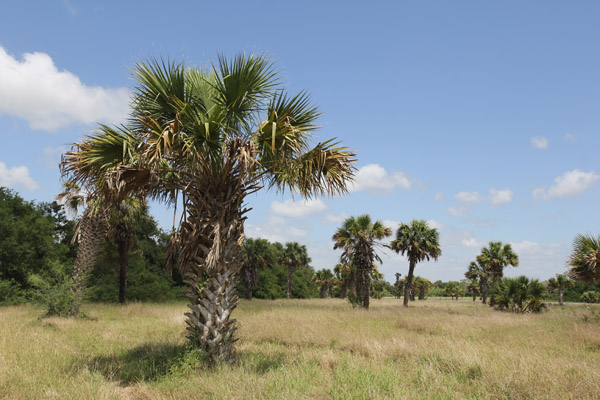
He slams on the brakes to point out a green jay here, a black-bellied whistling duck there, his eyes glowing with a feral excitement.
On his daily forays, he noted something unusual in coyote scats – they were jam packed with sabal palm seeds.
Coyotes are the quintessential opportunists. That’s what has enabled them to thrive around the country, around farms, in suburbs, in city parks. They’ll eat small mammals. They’ll eat berries. They’ll eat garbage and cat food.
“On the preserve, I’ve seen them eating oranges and grapes in our fruit groves,” says Pons. “But most of all, they love palm seeds. They will just vacuum them up.”
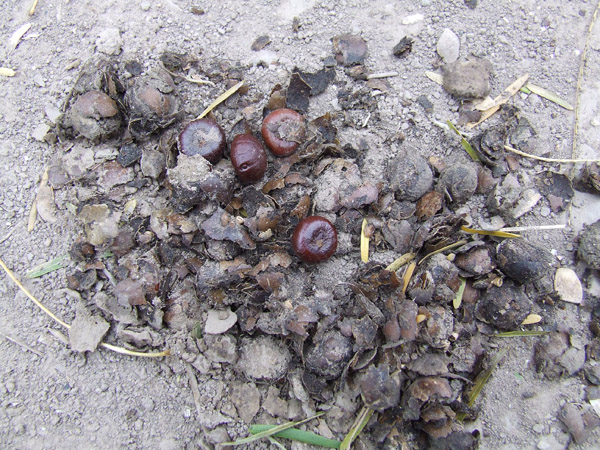
Pons was finding 30 to 60 palm seeds per scat. “They were nothing but seeds, with none of the hair you usually find in a coyote scat,” he says. “There was only some gummy stuff holding it together.”
But it wasn’t the mere presence of seeds in the scat: they were unblemished, without the damaging marks of beetle predation. The coyotes beat the beetles to the seeds. And once they passed through the coyote’s digestive tract, the seeds were no longer appealing to the beetle. Pons found old seeds that bore no marks of beetles.
“When I realized that, I told my staff to go collect coyote scat,” he says. “We gathered it up and put it on a sieve and ran water over it. When we removed the other, well, crap, we had a mass of sabal palm seeds.”
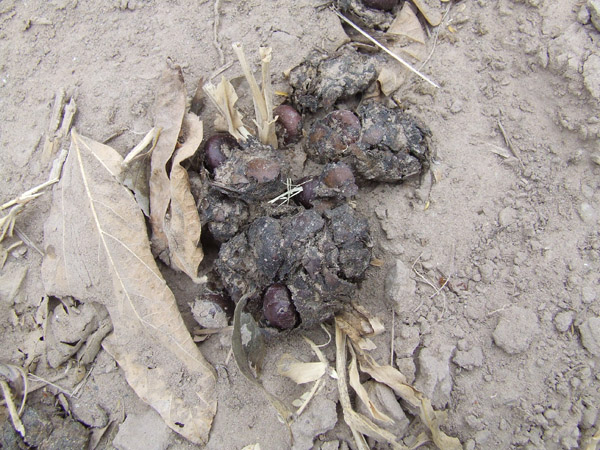
Pons and his crew planted a bunch of the coyote-eaten seeds. The result?
“Two weeks later we had sabal palms popping up all over the place,” he says with a proud chuckle. “I said, ‘Guys, from now on we’re going to the coyotes.’”
In fact, he’s achieved a previously unheard-of 97 percent germination rate on the seeds. Is it simply because the beetles don’t eat the seed in coyote scat? Or does the seed germinate better because of something that happens to it in the coyote’s gut?
That is still to be determined, but the results speak for themselves.
Coyotes frequently travel roads and human trails, so gathering their scat is easy. Pons currently has an ample store of “scat seeds” in a sealed refrigerator, where they’re protected from rodents and insects.
In South Texas, the U.S. Fish and Wildlife Service, Texas Department of Parks and Wildlife, The Nature Conservancy and private land conservationists have all been working to restore native habitats – vital for a host of interesting creatures from indigo snakes to ocelots, as well as a tremendous variety of bird species.
Nurseries are vital in restoring native plants. Those who cultivate these species successfully combine a farmer’s intuition with a scientist’s methods. And it doesn’t hurt to have a naturalist’s intimate knowledge of the land.
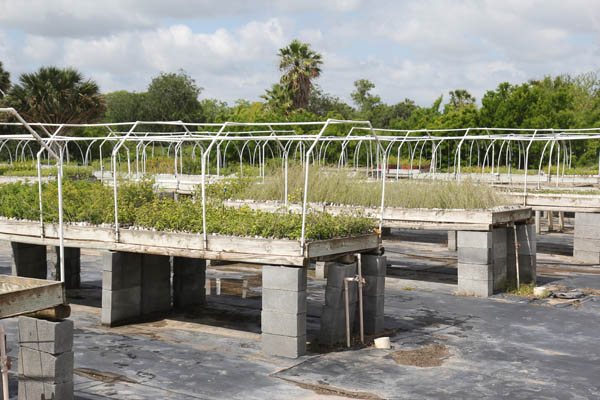
“There’s a lot that goes into growing native plants,” says Pons. “For agricultural crops, people have been experimenting for literally thousands of years to get things right. We’ve only been growing native plants for conservation for a couple of decades. We are often lacking the initial information you need to get started.”
“Observation and experimentation are crucial,” he continues. “Sometimes getting a native seed to germinate is a simple fix, like changing how you water. You have to look to nature. And that means sometimes you find the answer in an unexpected place, like a pile of coyote scat.”
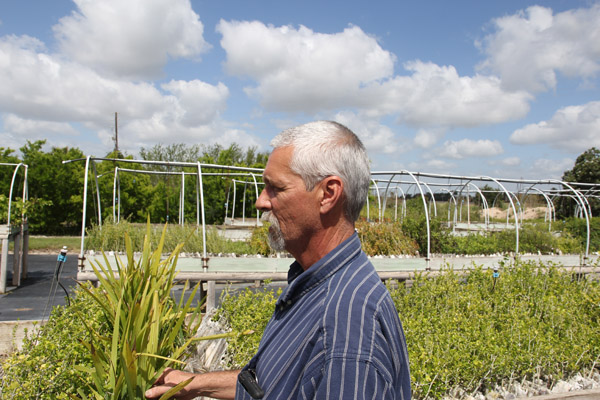
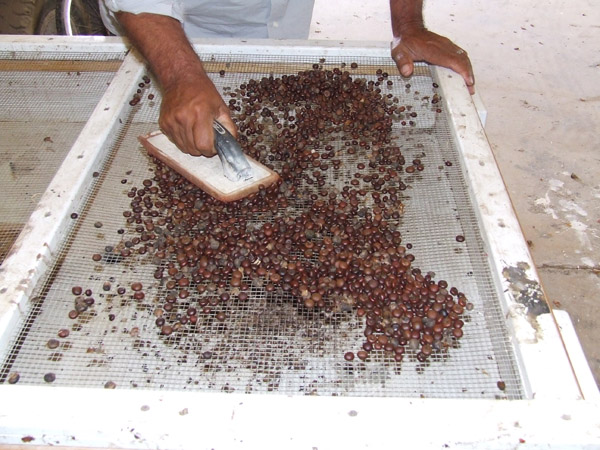



Hola. “Excelente” trabajo e investigaciones, los felicito por sus aportaciones que estan realizando por la conservación de la “Naturaleza”. Gracias.
One of the Cook County (Chicago) Forest Preserve volunteer stewards discovered the same about wild plum seeds. She was only successful germinating seeds found in coyote scat.
Fascinating! Just another reminder that we underestimate nature– there is so much we don’t know but nature does!